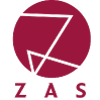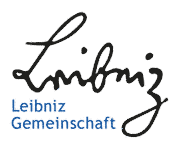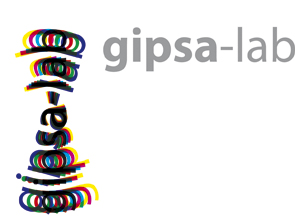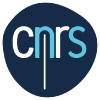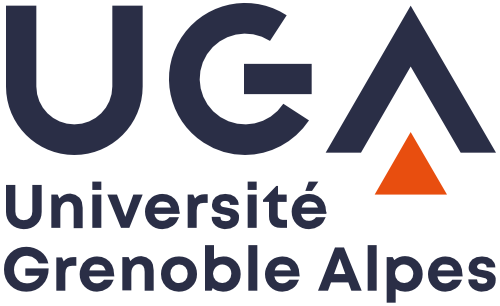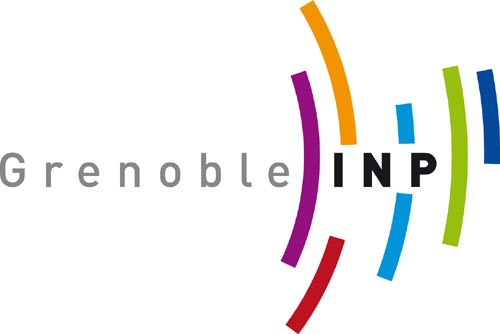
General information

Salammbo (“Spoken lAnguage in motions:Learning and Adaptation of speech coMMunication in the context of BOdy motions”) is a research project funded by the ANR and the DFG from September 2018 to September 2021. It is coordinated by Susanne Fuchs (Germany) and Amélie Rochet-Capellan (France). It also involves other members and partners, in France, Germany and other countries.
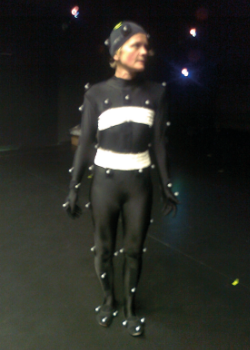
The body ground of spoken communication
In this project we aim to bring new empirical insights regarding the implication of limb motion in spoken communication based on a fine-grained analysis of the speech-breathing-limb movements’ link. These insights will be relevant for theories and models of speech production, as well as for rehabilitation protocols and language learning. The core hypothesis of Salammbo is that breathing and limbs’ motion shape spoken communication at different linguistic levels depending on speaker-specific body properties. Limb movements and breathing have been poorly, if at all, integrated in traditional models and theories of speech production. By contrast, research on communicative gestures, breathing in speech or physical practice, as well as everyday observations, provide evidence of close links between limbs’ motion and speech on one hand and breathing and speech on the other.
Objectives
The aim of Salammbo is to address the following specific hypotheses :
Speakers’ body characteristics and physical training may significantly influence spoken communication. Body shape and physical training are both known to influence breathing and limb movements. Variations in body shape and physical training may be related to specific speaking profiles modulated by concurrent limb activity.
Body movements are part of the context in which we speak: changes in breathing and limb movements may specifically have an impact on spoken communication. Speech and limb movements share breathing resources and links have been observed between the motor control of the vocal tract and of arm-hand movements. When speech co-occurs with limb movements, the spoken message might be impacted from the conception of the message to its articulation.
Limb movements may improve long-term narration of specific episodes/events and leaning of new vocabulary. Limb movements seem to improve different types of learning. Speakers should better memorize and recall information provided in a narrative story and associated new vocabulary when moving during the learning phase: movements may stimulate speech articulation and enrich memory traces, but also provide change in the oxygen level in the brain, which could stimulate memory encoding and recal
The expected speech-breathing-limb interactions (hypotheses 1 to 3) should: (1) Be observed in different languages, even if they may also interact with the linguistic specificities of the language: some universality of body-related effects on speech should be observed; (2)Affect different linguistic levels: syntactic, lexical, phonological, and phonetic; (3)Be specific to the type of limb movements and related to breathing.
In general, we expect a positive effect of movements on speech with the idea that movements influence speech production at a motor level but also at conceptual and linguistic levels, in relation to changes in breathing rhythms and oxygen levels in the blood. Moreover, movements may enrich memory traces and should cue word retrieval, as specific body-contexts. Breathing rhythms may also shape learning and memory traces.
Approach
These hypotheses will be addressed in an interdisciplinary approach, at the crossroad between linguistics, psychology and movement sciences, combining methodological and theoretical advances from these fields.
